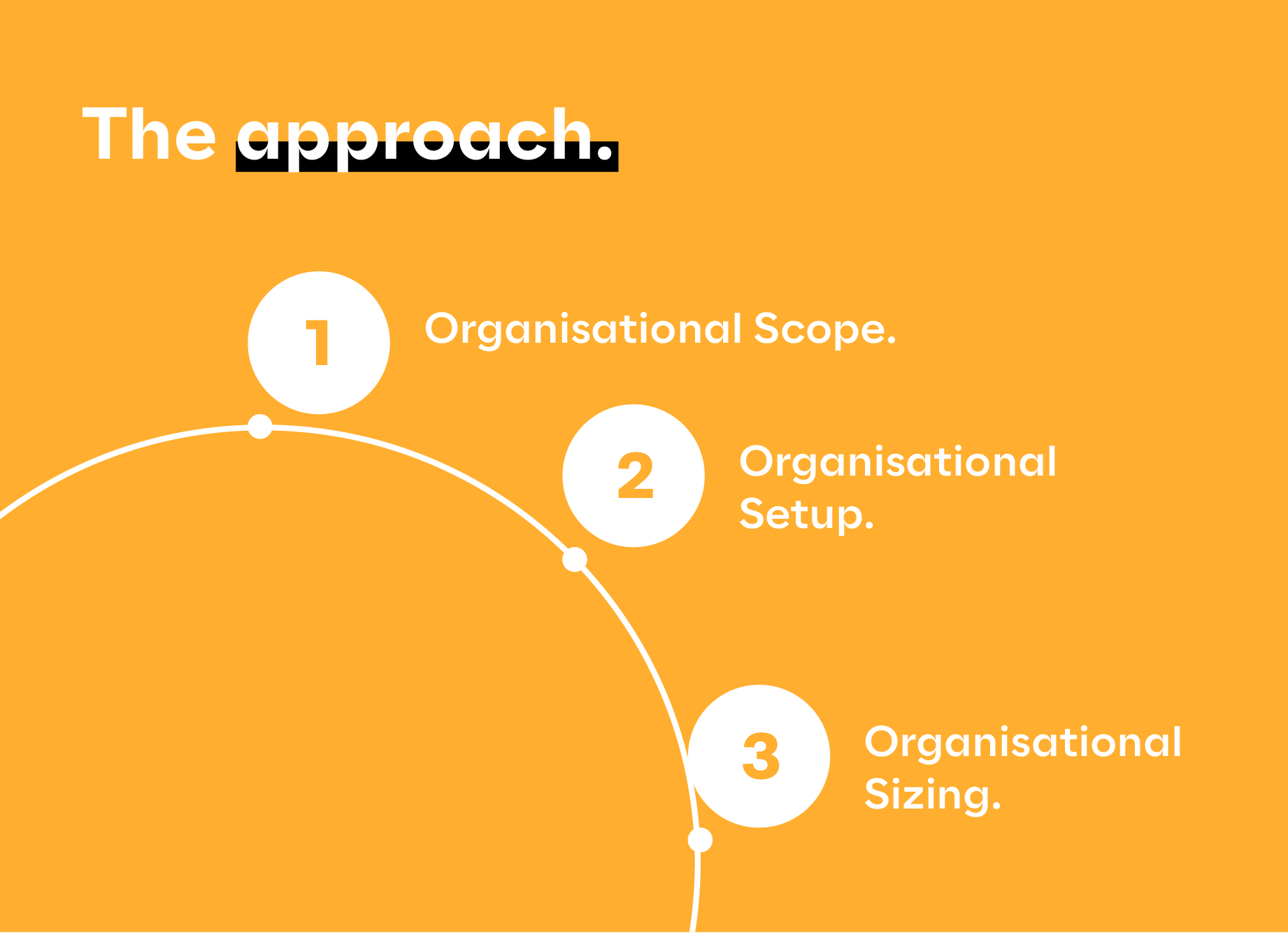The challenge
The retailer established a new customer experience department in 2015. Since then, the team has been push to expand its scope to meet evolving business needs. This meant there was often a mismatch of expectations between what stakeholders thought that the department can deliver, and what its current capabilities and scale allowed.
In order to address this issue, the team's operating model needed to be reviewed and updated to enable the global CX functions to meet business demand more fully and to bring structures in line with the industry standards.
The approach
A 12-week project was initiated to examine potential options for the future organisational structure and how that would operate. This provided a number of deliverables with two workstreams:
- Organisational Scope: A clear and detailed definition of the scope of CX and the scope of a strengthened International CX department.
- Organisational setup and sizing: A detailed organisation structure, that provides the necessary capacity and capability to effectively lead the development of CX in all countries.
In order to identify prevalent trends within the industry, we embarked on a 3-week sprint to examine the organisational structures and setups of 16 competitors. Moreover, we conducted ten 60-minute interviews with members of the senior leadership team to gain a comprehensive perspective on the various challenges and opportunities at hand.


The results
Organisational scope: Through interviews, workshops, and stakeholder collaboration a comprehensive view of CX responsibilities was compiled, leading to a collaborative responsibility mapping exercise to ensure absolute clarity and ownership of all the responsibilities across teams. As a result, a prioritised phased implementation plan was developed, taking into account factors such as urgency, value opportunity, and feasibility, to facilitate the necessary changes effectively.
The outcomes were: streamlined operations, improved efficiency, and optimised resource allocation
Organisational setup and sizing: During the interview process, concerns regarding the disconnect experienced by development teams came to light. To tackle this challenge, the design principle of 'value streams' was introduced, to foster better alignment and collaboration. Additionally, options for restructuring or adopting new work methodologies, specifically incorporating a proposition/core value stream structure were defined. The implementation of which resulted in significant improvements in team collaboration and overall outcomes.
The project was delivered smoothly in within the timeframe: by working alongside the core stakeholder team throughout the process, they fully understood the reasoning behind the recommendations and clear next steps for implementation.
At the end of the 12-week project, the client had:
- A clear complete database of all roles and responsibilities for the CI department for their current and future target state.
- A clear scope that would streamline operations, improve efficiency and optimise resource allocation.
- A defined future state org plan with FTE sizing factors and metrics for scale.